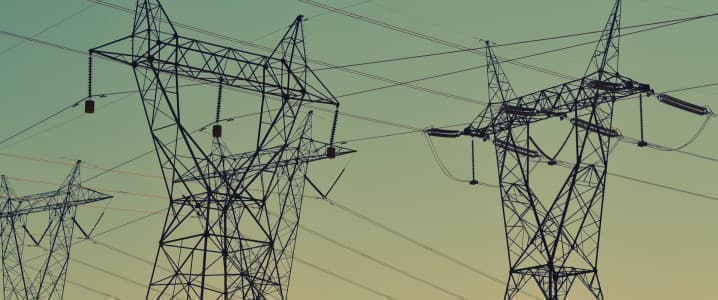
Electricity bills across the United States have surged unexpectedly, with many households reporting increases of 100% or even 200% in recent months. This alarming trend has left consumers in shock, especially in regions traditionally accustomed to more stable energy costs. Factors contributing to this rise are complex and multifaceted, extending beyond mere increases in energy consumption or seasonal heat.
Key Factors Driving Higher Electricity Costs
One major factor reshaping electricity bills is the rapid expansion of artificial intelligence. The demand for data centers, which consume as much electricity as entire cities, is escalating. These facilities can draw power equivalent to that used by 80,000 homes, and by 2030, data centers are expected to require an additional 30 gigawatts of capacity—comparable to the output of 30 nuclear reactors. As utilities strive to meet this demand, they are forced to invest heavily in transmission lines and grid upgrades, costs that are inevitably passed on to consumers.
In competitive electricity markets, utilities such as NRG Energy are experiencing significant profit increases due to soaring wholesale prices. The price of natural gas, which powers roughly 40% of U.S. electricity generation, has also risen sharply. Current spot prices are approximately $1.00 per million British thermal units higher than this time last year. As a result, households are indirectly affected by global competition for liquefied natural gas (LNG), which has seen U.S. exports increase nearly sevenfold over the past seven years.
Infrastructure Challenges and Policy Gaps
In July 2025, record-breaking temperatures across the country drove peak electricity demand to an unprecedented 758,149 megawatt-hours in a single hour. This extreme demand led utilities to purchase expensive spot-market electricity, further inflating monthly bills for consumers. Compounding these issues is the aging U.S. electricity grid; over 70% of transmission lines and transformers are over 30 years old. The increased delivery charges necessary to maintain and upgrade this infrastructure have significantly impacted household expenses.
Additionally, recent policy decisions have hampered the growth of renewable energy. The rollback of clean energy tax credits has slowed the deployment of renewable resources, while permitting bottlenecks have delayed critical new transmission and generation projects. As more households adopt electric vehicles and energy-efficient appliances, the upward pressure on electricity demand intensifies, outpacing utilities’ capacity to respond.
Strong regional disparities exist in electricity pricing. Some areas, such as Phoenix, benefit from stable energy sources, primarily due to the Palo Verde Generating Station, which provides low-cost nuclear power. This facility’s operations are less influenced by volatile global fuel markets, keeping energy prices relatively stable even in extreme heat.
States heavily reliant on natural gas, including California, New Jersey, and Ohio, are currently facing double-digit rate hikes as they struggle with rising costs associated with LNG exports and peak demand. The operational stability of nuclear power plants, which have lower and more predictable operating costs, highlights the potential for greater energy security in an increasingly strained grid.
In summary, the doubling of electricity bills is not simply a consequence of increased air conditioning use during the summer. It is indicative of structural changes within the energy landscape, with regions reliant on nuclear or hydroelectric power experiencing fewer price spikes. The United States is not facing a singular energy situation; rather, it is navigating a complex web of local resources and policy decisions. Without effective strategies from utilities, regulators, and policymakers to expand capacity and modernize infrastructure, it appears that for many households, elevated electricity costs may become the new standard.







